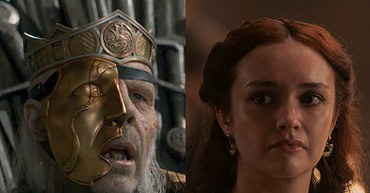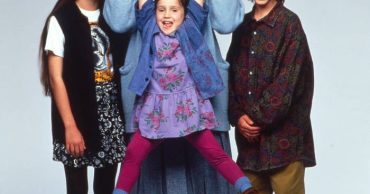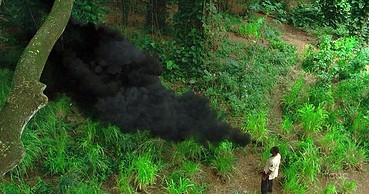Robert Roberson, who has been on death row for over two decades, was given a new execution date by a Texas court on Monday. Convicted in 2003 of killing his 2-year-old daughter, Roberson has continuously contested the verdict, arguing that the evidence presented during his trial was dubious. His case has drawn significant attention over the years, especially given the contentious nature of the evidence used to convict him.
Throughout his time on death row, Roberson has steadfastly maintained his innocence. His execution was previously postponed by the Texas Court of Criminal Appeals in 2016, reflecting ongoing concerns about the reliability of the evidence. However, in 2023, the highest criminal court in the state ruled that there was insufficient reason to reverse his daughter’s death sentence. As a result, a new execution date has been set for October 17, reigniting debates over the case and its implications for the justice system.
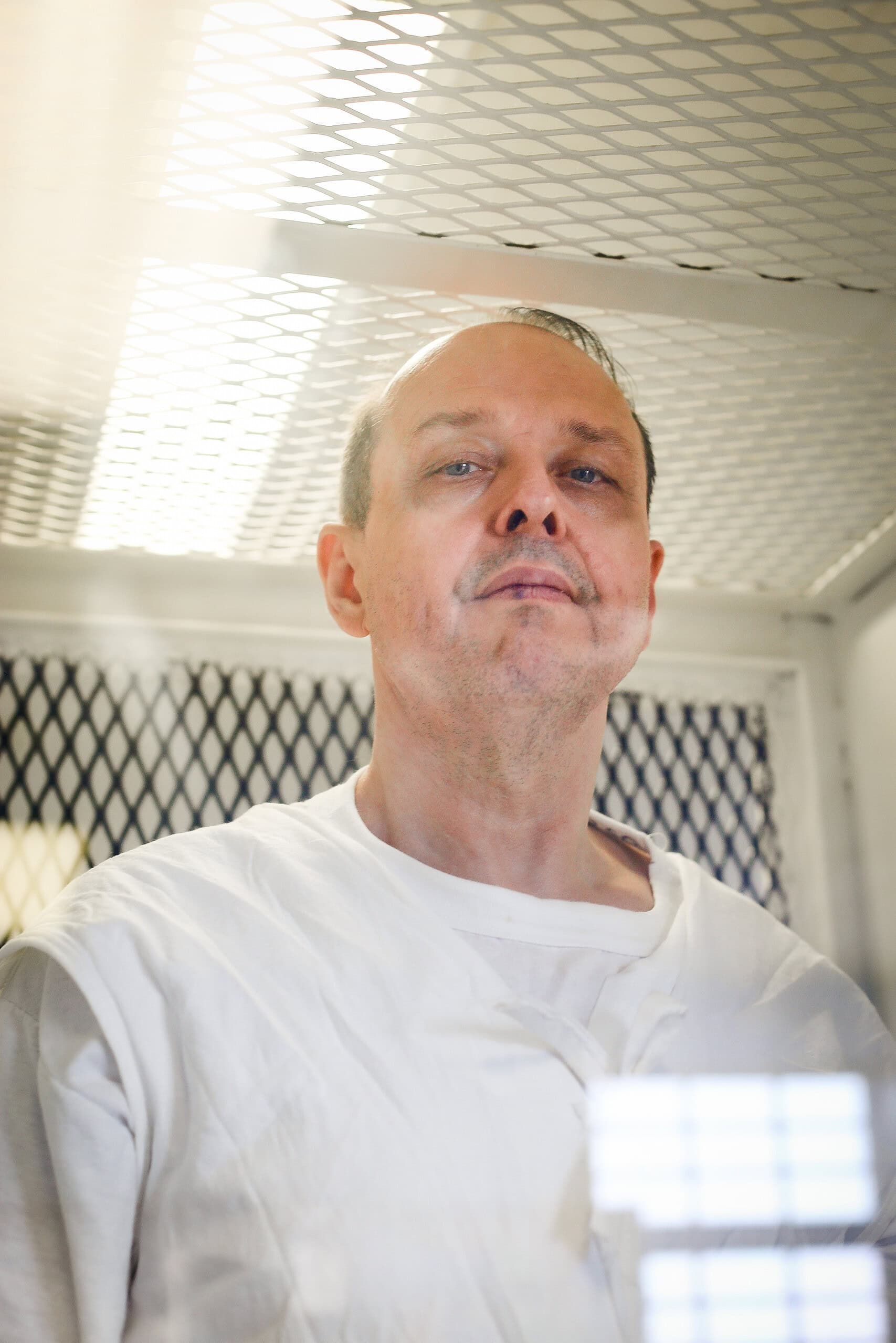
Roberson’s Defense Objects to Execution Date
When Anderson County prosecutors asked for a date to be established for Roberson’s execution on June 17, Roberson’s defense protested. His lawyers announced that they intended to submit a fresh appeal to reverse his conviction since they now have further evidence to support their position. According to Roberson’s defense team, arranging an execution date would be “premature and unjust”.
The Verdict and Controversial Evidence
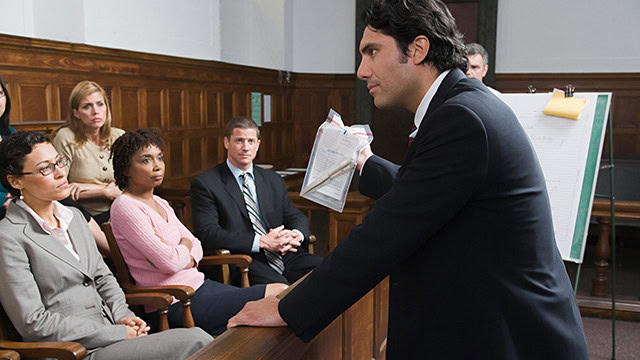
Roberson was found guilty of killing Nikki Curtis, his ailing 2-year-old daughter, after he rushed her lifeless, blue corpse to the hospital. He claimed that when they were asleep in their East Texas house, near the town of Palestine, Nikki slid off the bed, and when he woke up, she was not breathing. Doctors and nurses suspected child abuse, but they did not think a low fall could have caused the fatal injuries, even though they were unable to revive her.
Doctors testified during the trial that Nikki’s death was consistent with shaken baby syndrome, a condition in which a child sustains severe injuries after being forcibly thrown back and forth. Roberson was found guilty by the jury.
Court of Criminal Appeals’ Decision in 2016
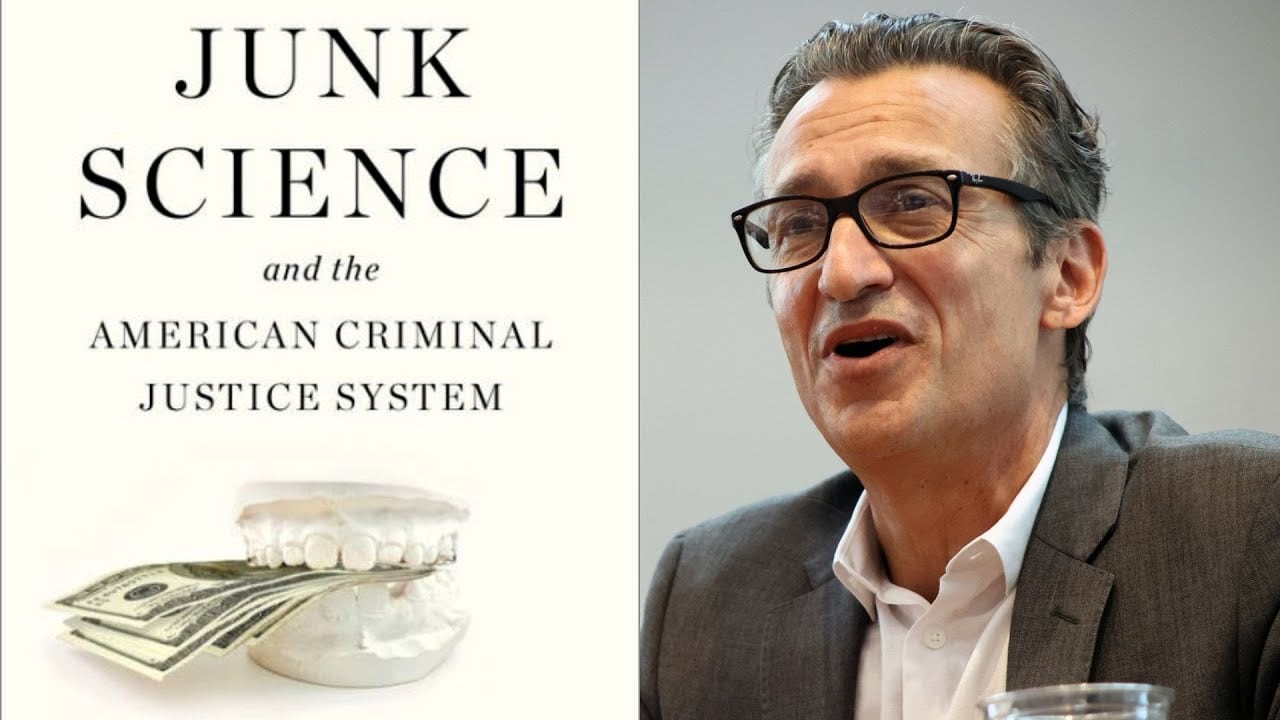
The scientific agreement surrounding diagnosis of shaken baby syndrome was called into question in 2016, leading the Court of Criminal Appeals to halt his execution and remand the matter to the trial court.
The 2013 state statute known as the “junk science law,” which permits Texas courts to reverse a conviction when the scientific data utilized to support a decision has subsequently altered or been disproven, was a major contributing factor in the Court of Criminal Appeals’ ruling.
The lawyers for Roberson opposed the appointment of an execution date, pointing to overwhelming new evidence that Nikki’s death was caused by “natural and accidental causes” rather than a head injury.
 Follow Us
Follow Us

